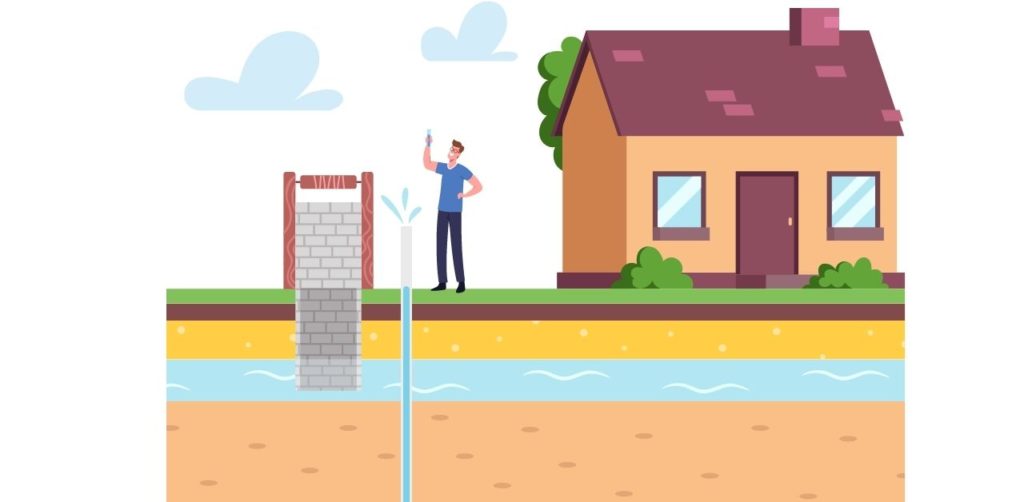What is groundwater?
What is groundwater?
Groundwater is just what the word implies: water that flows underground. From the time that water formed on the Earth, it has been endlessly cycling, and part of that cycle is the presence of groundwater. It is also an important part of the hydrological cycle.
Water reaches underground mostly as rain or snow. As it falls or melts, the water percolates down through a connection of pore spaces within the soil and rock. Eventually, the water reaches a level at which all pore spaces and cracks in the soil, sand, and rocks are filled with water. This area is called the saturated zone; the top of this zone is called the groundwater table (or water table), which can either lie right at the surface or up to hundreds of feet underground. Precipitation percolating through the soil to the water table helps to replenish—or recharge-the groundwater system.

Groundwater is found almost everywhere, but some places, such as under the loose soil and rocks of glacial deposits, have more underground water than others.
Most groundwater is naturally stored in huge reservoirs called aquifers that are often used by humans for drinking (potable water supplies) and irrigation. Groundwater also often feeds into lakes, springs, and other surface waters.
